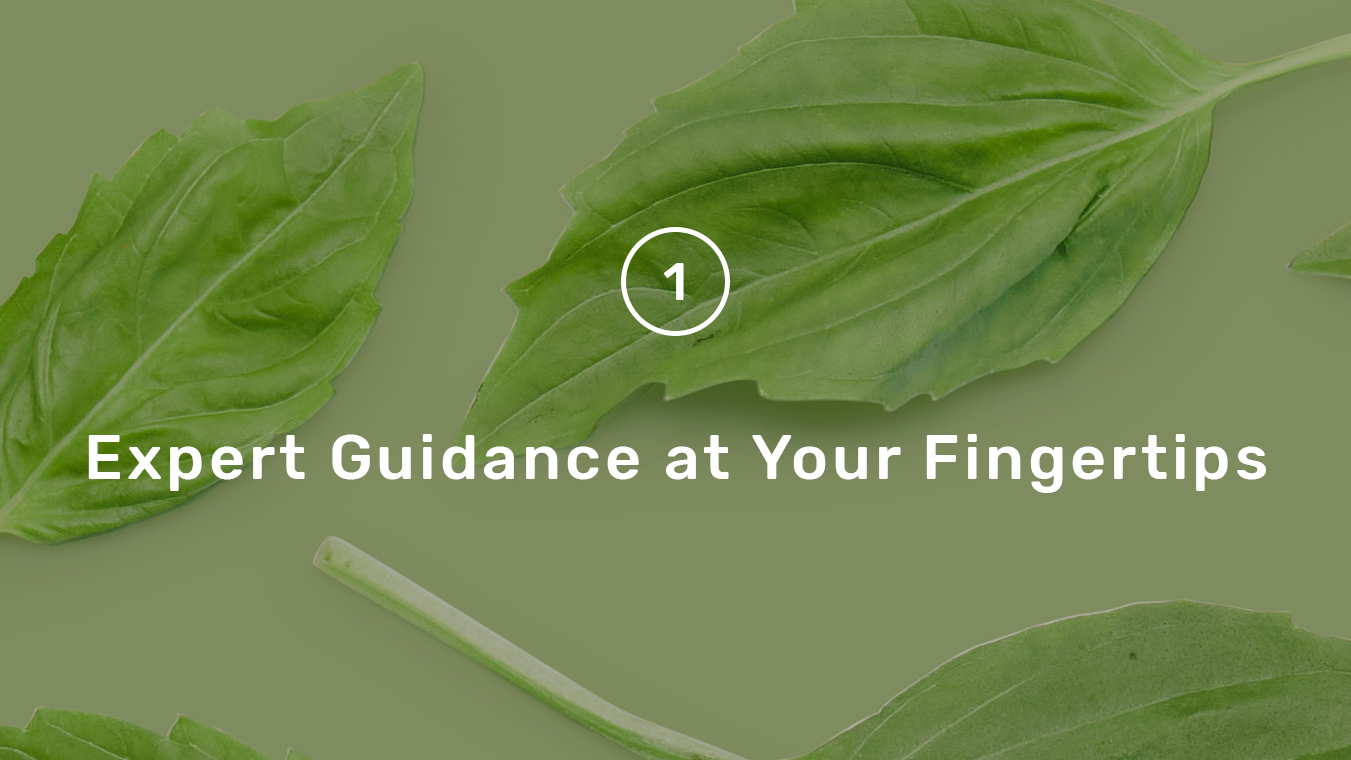Resources Home
Seedling Library
Growing Guide
Getting Started
Growing Tips
Positive Impact
Pest Management
Recipes
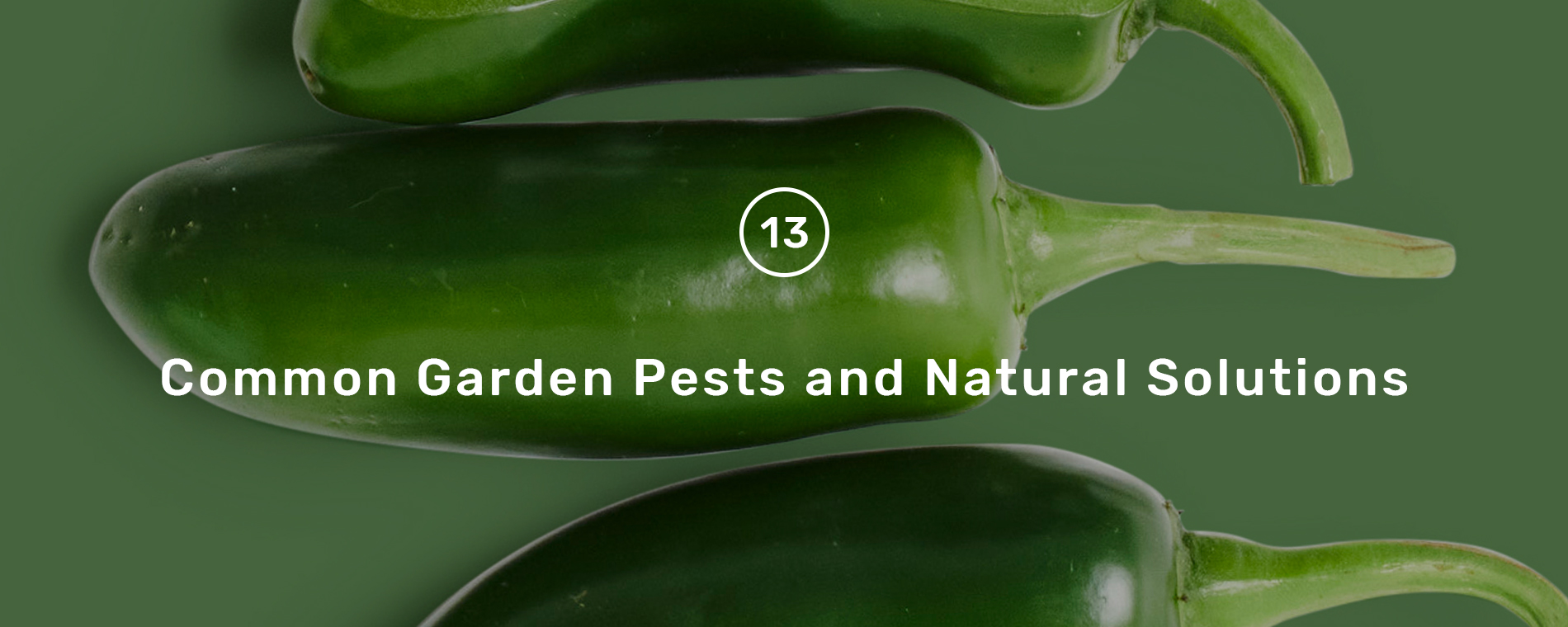
It can be frustrating to find uninvited pests on your plants but you are likely to come across a few common garden pests. While the Farmstand prevents most of the problems you might come across in a traditional soil environment, you may still see the occasional pest. The good news is that it's much easier to implement natural garden pest control on your hydroponic Farmstand than with in-ground, soil grown plants!
The best way to prevent garden pests from taking up residence on your Farmstand is to keep your plants strong, well-watered and fed, and to harvest them often! Pest are often drawn to weaker plants. Incorporating quick pest checks into your weekly maintenance will also help to stop pests from taking hold.
In this guide, we cover how to identify common garden pests and natural pest control solutions!
Here's how to send them packing:
Be sure to spray your plants early in the morning or late in the afternoon when the sun is less intense. Otherwise, the sun's heat will cause the spray to burn your plant's leaves. Spray your plants in low wind conditions to ensure that the spray coats the leaves evenly.
Aphids
Season: Year-Round
Environment: Indoor & Outdoor

Aphids feed on plant sap. They can easily be found living in grass, weeds, and tree foliage, and can make their way inside your home by attaching themselves to clothing, pets or shoes. (Gross, but true!) Adult females can lay between 3-10 nymphs per day, and generally have a lifespan of up to a few weeks. This means that, if left unchecked, an individual female can produce up to 100 young aphids in a 3-week timespan.
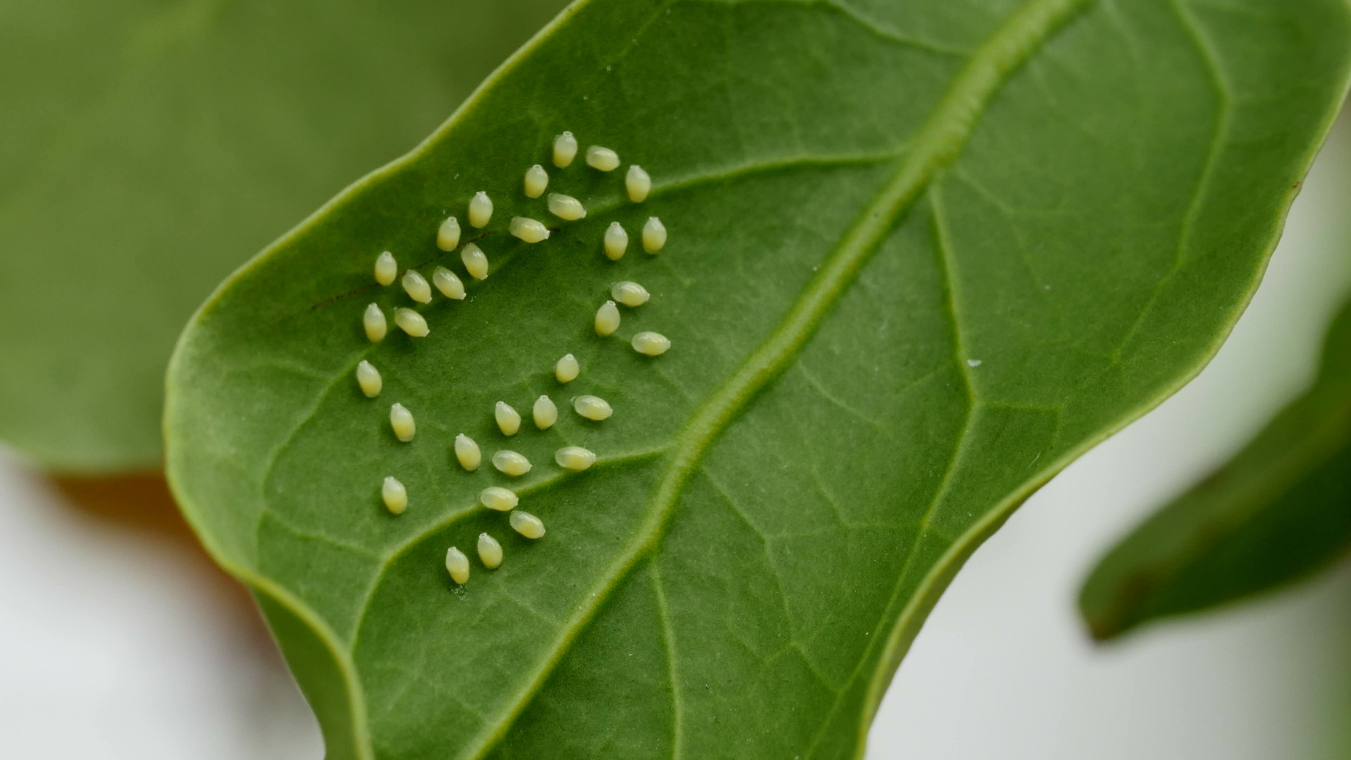
Throughout their lifecycle, aphids molt 4 times, leaving behind a discarded skin or ‘molts’ on the leaves of the plants they’re infecting. Looking for ‘molts’ is one of the best ways to look for aphids. Molts closely resemble bright white skeletons, which stand out against dark green leaves. If you find ‘molts’ on your leaves, then you have aphids.
At this point, you should dig a little deeper and look at the underside of the leaves for more adults or nymphs. Consider squishing and killing any adults you may find. If the plants are still small, you can also wash the aphids off your plants. If you choose this washing method, we recommend that you bring a bucket of water to your Farmstand, rather than moving your infected plants to a sink. You can also try using an organic pest spray (look for products that are OMRI approved).
• Cultural Control: Start scouting from the get-go. Early detection and control are your best friends. Harvest plants young, so there are less dark shady leaves for aphids to hide.
• Biological Control: Predatory wasps such as
and Green Lacewings feed on aphids. Consider planting companion plants that will help deter aphids and attract beneficials: nasturtium, marigold, lavender, and catnip.
• Chemical Control: Insecticidal Soap, Neem Oil, Spinosad. Follow label instructions.
Caterpillars
Season: Summer & Fall
Environment: Outdoor

Caterpillars are the larval stage of some species of moth or butterfly and can be particularly destructive. Moths and butterflies prefer to lay their eggs close to food sources (like your seedlings) so the caterpillars don't have to travel far to find food when they hatch.
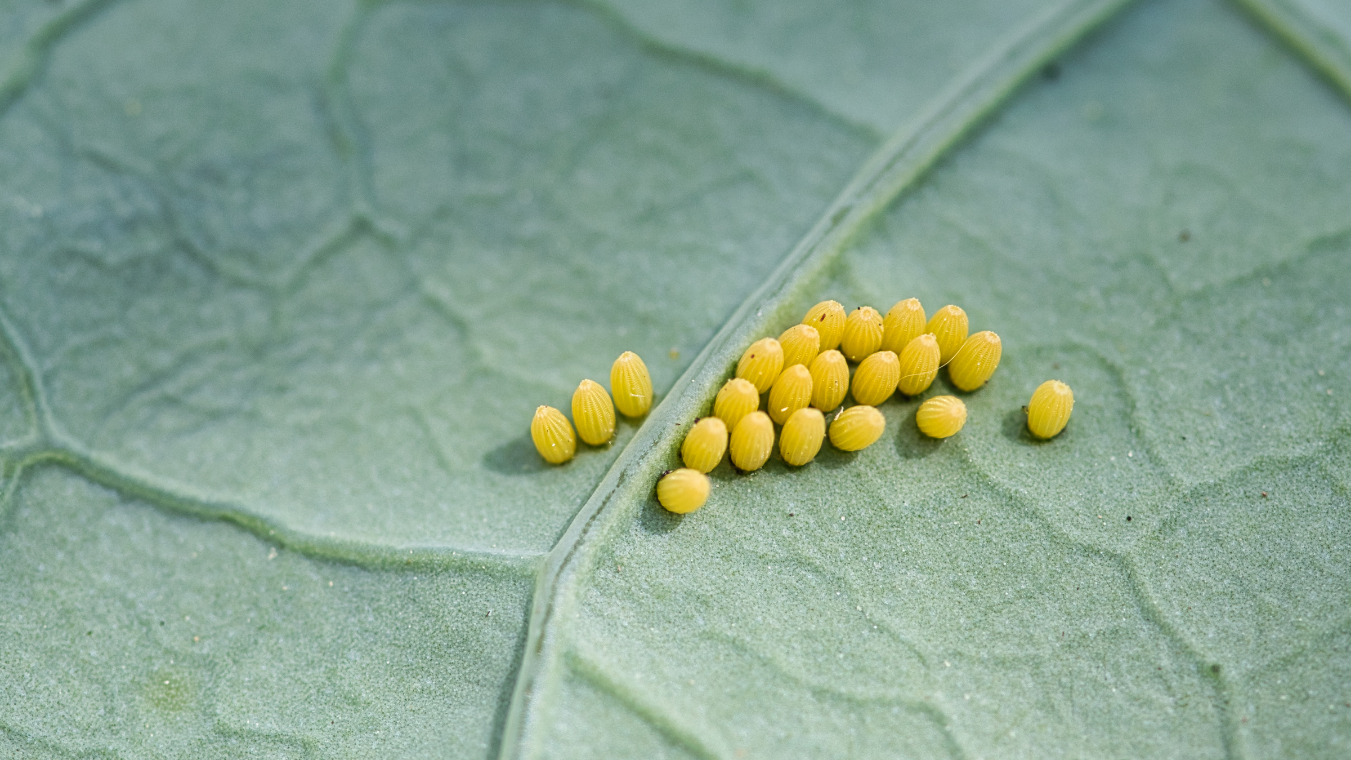
While many types of caterpillars exist, most are brown or green worms that leave behind black droppings and holes that go all the way through leaves. They can be difficult to find because they are often found on the underside of leaves and lay against leaf stems in order to blend in. They will start to move around once they are done resting in the mornings.
Hornworm caterpillars love plants in the nightshade family so be sure to check your eggplant, peppers, and tomatoes if you see black droppings on their leaves!
• Cultural Control: Limit nearby weeds and remove any mulch and grass where caterpillars may be hiding.
• Biological Control: Predatory wasps, such as Trichogramma, and predatory insects, like green lacewings and assassin bugs, feed on caterpillars.
• Chemical Control: Bacillus thuringiensis, Monterey Garden Insect Spray.
Fungus Gnats
Season: Year Round
Environment: Indoor and Outdoor
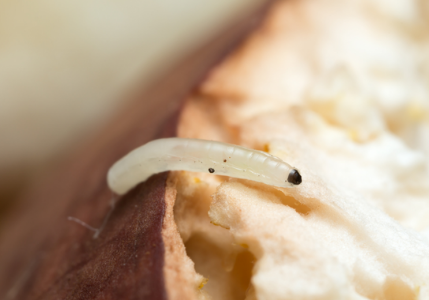
Fungus gnats are small flying insects that feed on algae and can form on top of the seedlings’ substrate. They’re prevalent in many horticultural settings, because their primary food source, algae, is an inherent part of growing plants. Eggs are deposited in the uppermost portion of the substrate, and will eventually develop into small, clear larvae. Larvae can negatively impact root development and nutrient uptake. Adult fungus gnats don’t actually damage plants. Of course, they can be an annoyance!
:
• Cultural Control: Control the growth of algae and limit overwatering. Consider cutting back on your irrigation, but make sure to closely watch your plants for signs of wilting. Place sticky cards directly into the substrate to monitor pest populations. As larvae develop wings, they’ll immediately leave the substrate and fly right into your sticky trap. Easy, peasy!
• Biological Control: Beneficial nematodes, like those in NemAttack, are live microscopic organisms that feed on fungus gnats in all growth stages.
• Chemical Control:
Follow label instructions.
Leaf Miners
Season: Spring & Summer
Environment: Outdoor
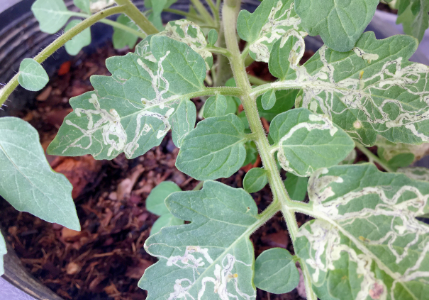
Leaf miner activity is directly related to temperature, so their damage is usually not an issue during Fall and Winter months. They can cause damage at both the larval and adult stages.
Larvae tunnel or ‘mine’ their way through leaf tissues, which can cause cosmetic injury and desiccation in young seedlings. These tunnels leave behind damaged tissue, which can be prone to bacterial infection. In mature crops, miner damage can cause a significant loss in leaf area, which directly affects yield.
:
• Cultural Control: Keep your plants in healthy condition. Stressed plants have weaker cell walls and are more susceptible to damage. Leaf miners often attack the first true leaf on young seedlings. If damage is found, you can try squashing the larva at the end of the tunnel. If a plant appears healthy, you can also remove the affected leaves, but be careful not to remove more than 1/3rd of its leaves at any given time. Why? Removing too many leaves at once will leave your plant without sufficient leaf tissue to photosynthesize.
• Biological Control:
are non-stinging, parasitic wasps that disrupt leaf miners' life cycles
• Chemical Control: Spinosad. Follow label instructions.
Mites
Season: Year Round
Environment: Indoor & Outdoor

One thing’s for sure: Mites are a serious problem for agriculturists of all ages and experience levels. They can cause severe damage to flowering crops, and they can be difficult to control once established.
Mites are quite small, and they often require a hand lens in order to identify. They usually live in colonies on the underside of leaves, out of direct light. Mites also prefer warm temperatures, and in the right conditions, they can reproduce quickly. (Seriously - they’ve been known to go from eggs to adults in less than a week.) Because of their small size, they can be difficult to identify, and their damage is often mistaken for nutritional deficiencies. (Think yellowish stippling, distorted fruits or flowers, and webbing.)
• Cultural Control: Mites take advantage of dry climates to establish themselves in a crop. Rinse affected plants with water and physically wipe any mites off of leaves. Consider giving your plants a rinse preventatively, if their leaves are strong enough to handle water pressure. Infected plants can still fruit successfully, although quality and yield may be compromised.
• Biological Control: Mites have many natural predators including but not limited to the Persimilis mite,
Knowing which predator performs best both for your target pest and given climate is an important step in establishing good biological control.
• Chemical Control: Miticide. Follow label instructions.
Snails and Slugs
Season: Spring & Summer
Environment: Outdoor
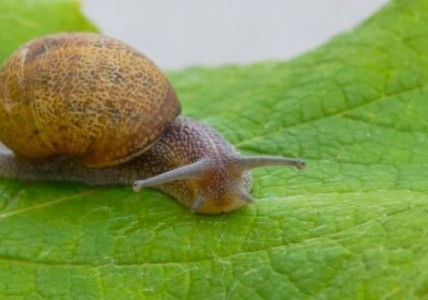
Snails and slugs are soft bodied gastropods that love to hangout in wet, shady spots around damp plant debris and mulch, underneath rocks, and in low weeds. They feed on living plants and decaying plant material. Snails and slugs are most active at night so you will most likely notice them from the evidence they leave behind - like a shiny slime trail as they travel, damage to young seedlings, and plants with large, irregularly shaped holes.
Farmstands allow for vertical, hydroponic growing so plant and root issues due to snails and slugs are rare. However, if your Farmstand is in a wet, shady environment, there may be snails and slugs in the area that find their way onto your plants.
• Remove their hiding places like nearby wood and stones that can provide wet hiding places. Move any planters or pots onto stands.
• Cultural Control: Snails and slugs like damp and dark areas so remove anything that may create those conditions, such as planters, stones, mulch, or wood, as they could be hiding there.
• Biological Control:
is a beneficial nematode that is effective in getting rid of snails and slugs.
• Chemical Control: Sluggo, Monterey Snail & Slug Spray.
Thrips
Season: Spring & Summer
Environment: Outdoor

Thrips feed by piercing plant cells with their mouths and feeding on exuded plant juices. The collapse of plant cells due to feeding often results in deformed flowers, leaves, and shoots. They are extremely active and easily fly away when disturbed. Because thrips move so quickly, you’ll probably find it easier to identify their damage than the pests themselves. Look for a stippling or “scratching'' appearance on leaves, silvering of leaves, or twisted leaf and flower growth.
• Cultural Control: The presence of thrips does not mean that damage will occur. Use sticky cards to monitor the population.
• Biological Control: Predatory insects like Cucumeris, Orius, and Green Lacewings feed on thrips.
• Chemical Control: Neem Oil and Azadirachtin. Follow label instructions.

